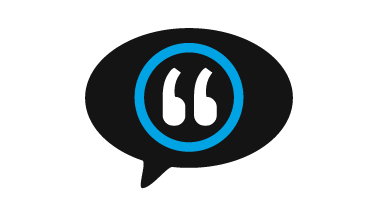 Microfluidic solutions for PLGA encapsulation of APIs
Microfluidic solutions for PLGA encapsulation of APIsPLGA microencapsulation of drugs is a popular choice for drug formulation teams due to the biodegradability of PLGA particles and their ability to control drug release over time. Coatings can extend the circulation lifetime, while ligands and antibodies can target specific sites for drug release.
Our Drug (API) Microencapsulation System can efficiently generate micrometre size particles, offering precise control over size and physical characteristics to optimize drug delivery with biodegradable polymers.
Microfluidics, or “lab-on-a-chip” technology, provides precise control and manipulation of fluids in the micro to picolitre range and can be used to manipulate living matter.
Dolomite is pioneering the use of microfluidic devices for small-scale fluid control and analysis, enabling engineers and scientists to take full advantage of the following :
PLGA particles produced using microfluidic systems offer numerous benefits for drug delivery applications such as:
In drug delivery, precise particle production is essential for controlled and sustained release of drugs using biodegradable polymers such as PLGA particles. Drug (API) Microencapsulation Systems offer advantages like enhanced control over particle fabrication, greater yields, and ease of scale-up. Targeted drug delivery is also possible by functionalizing particle surfaces or using the EPR effect. The release profiles of the polymer-drug matrix can be adjusted by varying factors like polymer molecular weight, lactide to glycolide ratio, drug concentration, and particle size.

|
Droplet size |
Particle size from 50 nm to 50 µm in diameter (depending on system version) |
|
Droplet monodispersity |
Extremely monodisperse, CV < up to 1%. |
| Droplet generation frequency | Up to 10 kHz for a standard system and up to a MHz for a Telos® production system (depending on reagents and droplet sizes). |
| Flow rate range |
From 70 nL/min to 5 mL/min, depending on pressure, viscosity and channel geometry (flow resistance). |
| Flow pressure |
Flexible with vacuum and pressure capability in the same pump (pump pressure range: 0-10 bar). Pumps contain integrated reservoir to eliminate the risk of vial fracture in operation. |
| Chemical resistance |
Very high (wetted materials: glass, PEEK, ETFE, FEP, PTFE). |

A Dolomite microfluidic system is helping Dr Samar Damiati, Assistant Professor in the Biochemistry Department at King Abdulaziz University in Saudi Arabia, perform drug encapsulation studies.

In this webinar, we discuss our expertise in hydrophilic drug (API) encapsulation in PLGA microparticles.

Methodology for fabrication of highly monodisperse PLGA beads with sizes ranging from 10 to 45μm using the Droplet Method on Dolomite’s API Encapsulation System and a 3D Flow Focusing Chip.